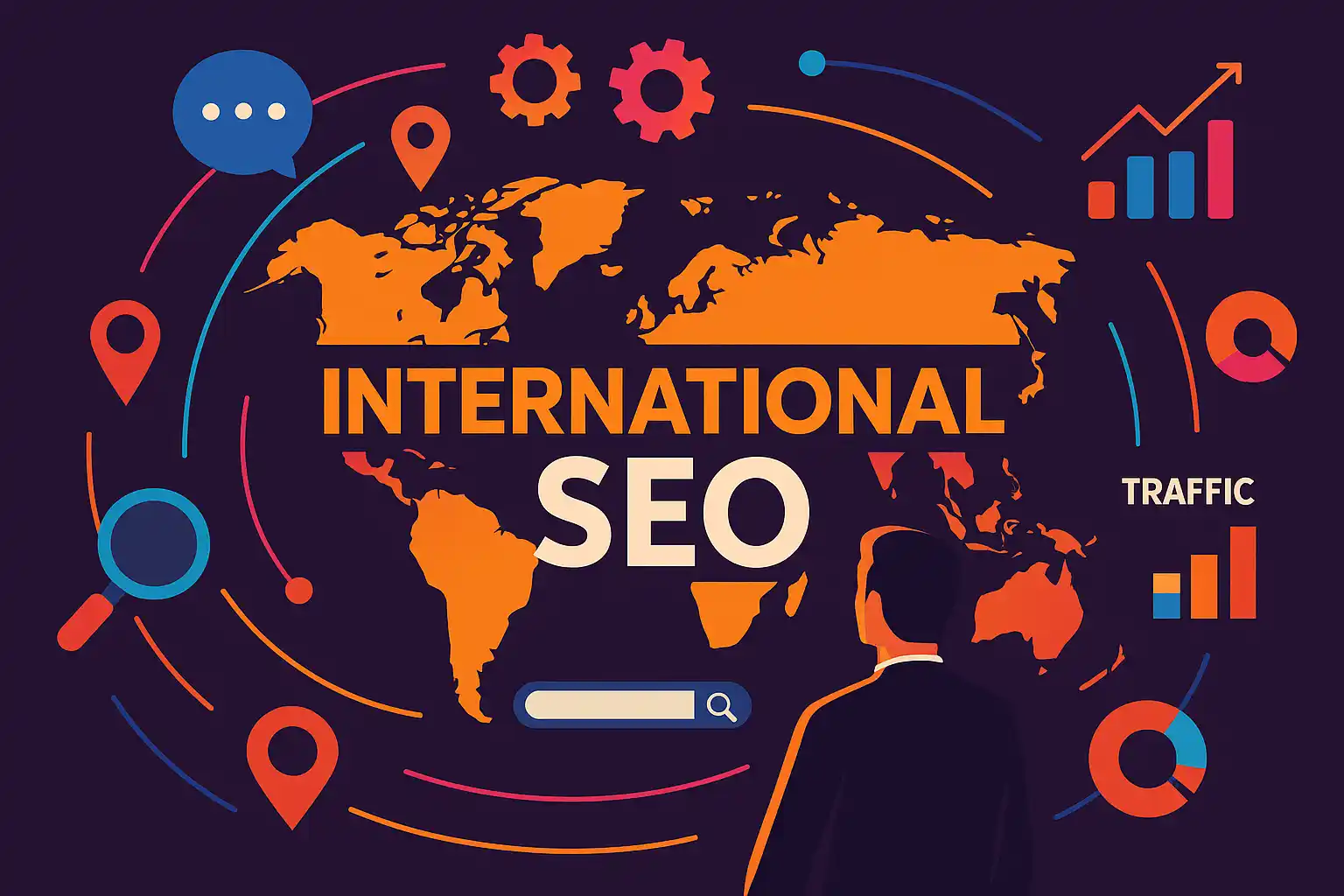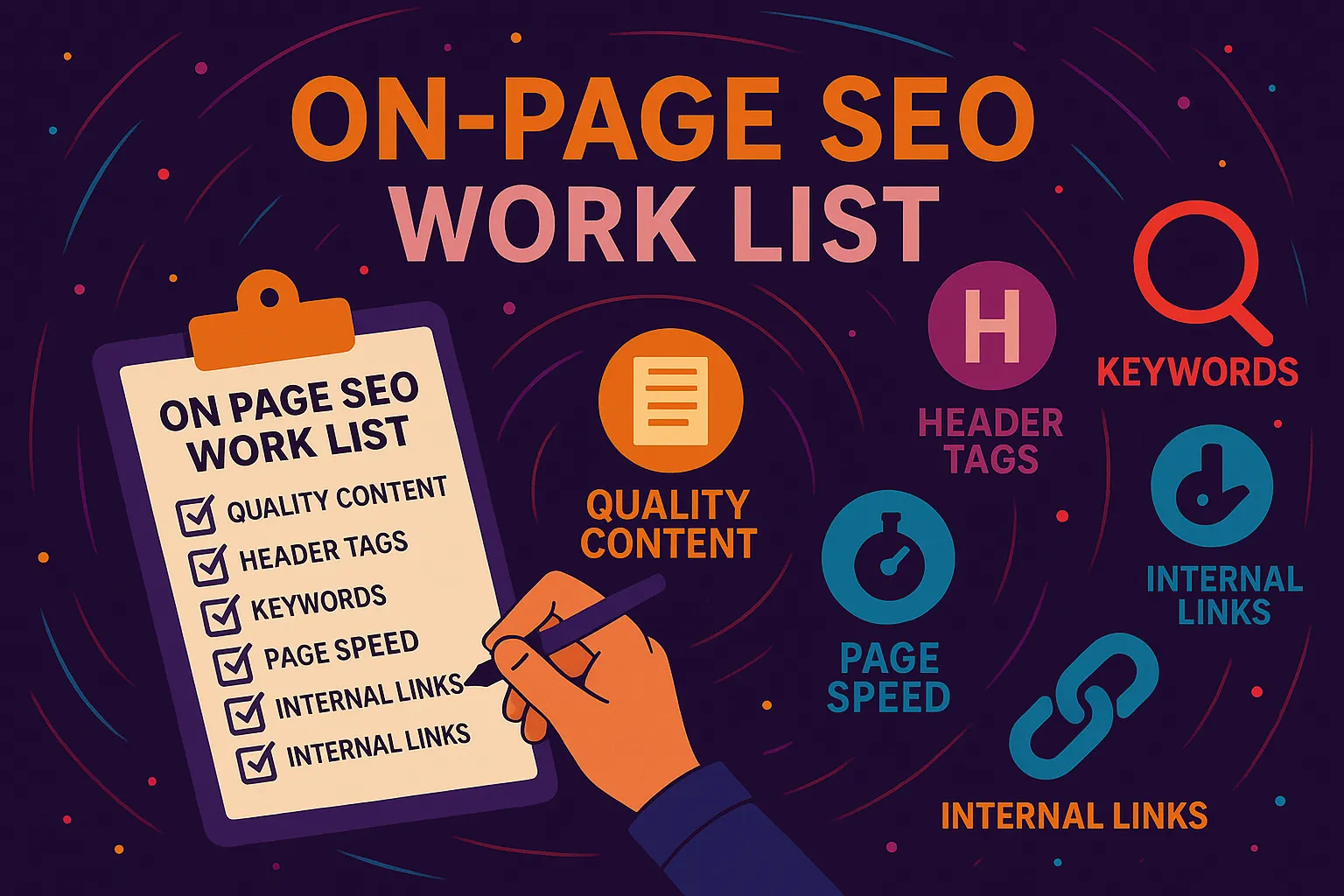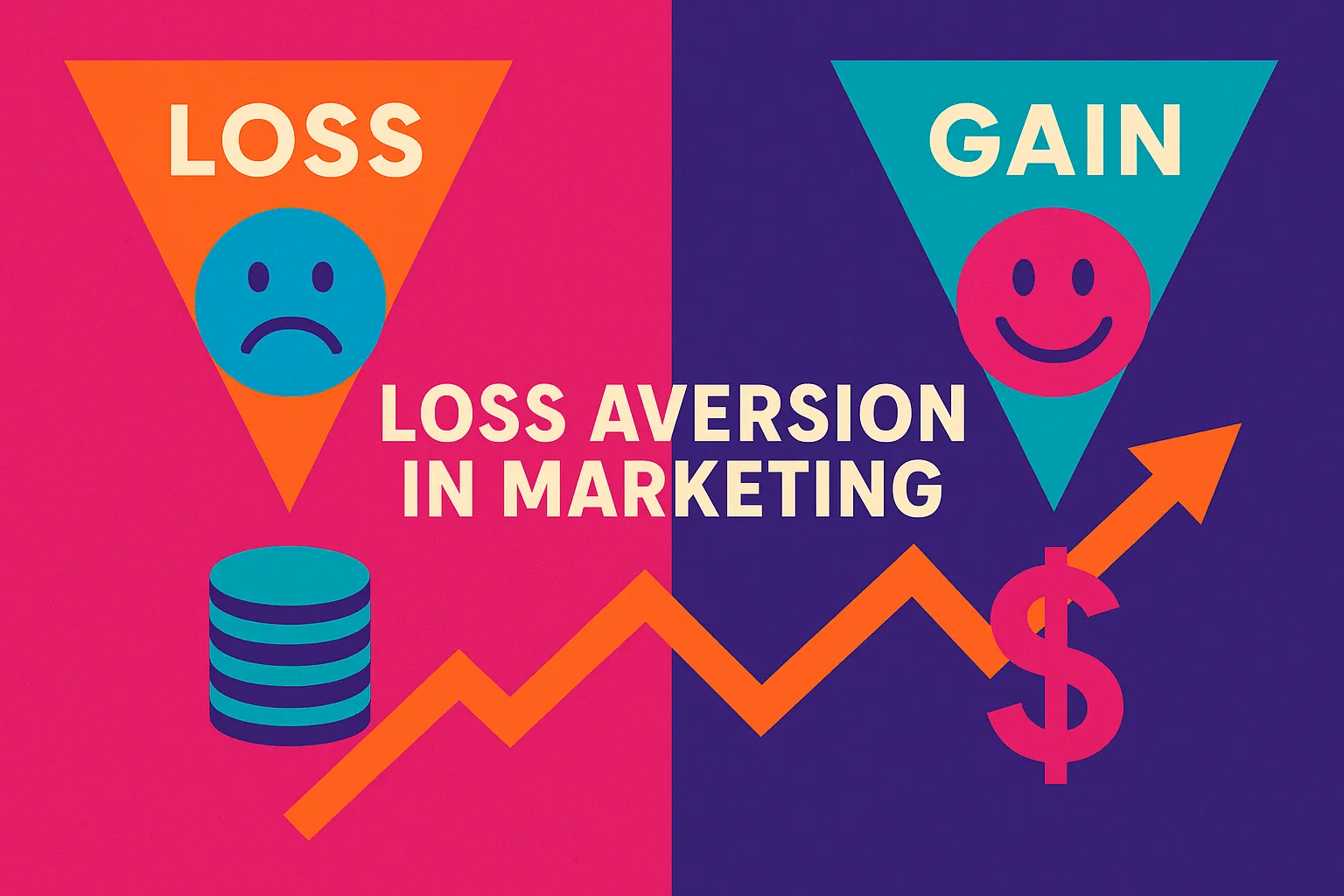What is International SEO?
International SEO is the practice of optimizing your website so it can rank in search engines across different countries and languages. It means creating content that’s relevant to a local audience while making sure Google understands who that content is for.
From a technical perspective, it includes things like choosing the right domain structure, using hreflang tags correctly, and ensuring your site is fast and accessible in every region you target. In my ten years running Vibe Branding, I’ve seen how powerful this strategy is for brands looking to expand beyond their borders.
Our team, which you can read more about here, has helped dozens of businesses grow their digital footprint by implementing international SEO the right way.
TL;DR (Too Long; Didn’t Read)
- Learn what International SEO is and how it differs from local SEO
- Discover why it’s essential for brands looking to grow globally
- Find out how to select target countries and languages
- Understand best practices for hreflang, domain structure, and localization
- Explore the technical must-haves for ranking internationally
- Get tips on keyword research and using tools to manage performance
- Learn how to measure your international SEO success
Why International SEO Matters for Global Brands
When I first started working with clients internationally, one thing became very clear: your website can look amazing, but if Google isn’t showing it to the right people in the right country, it might as well not exist. International SEO bridges that gap.
It ensures your content appears for users in the countries you’re targeting, in the languages they actually speak. This leads to more organic traffic, better engagement, and higher conversions.
For example, one of our ecommerce clients based in the U.S. saw a 72% increase in sales from Europe after we helped them build region-specific landing pages and properly implement hreflang. Without international SEO, they were missing out on massive market share.
If you’re a brand with global aspirations, this isn’t optional anymore—it’s essential.

How to Decide Which Countries or Languages to Target
One mistake I often see companies make is trying to go global overnight. You don’t need to reach the whole world at once.
In fact, it’s smarter to start with one region. Analyze your site traffic in Google Analytics.
Where are people already visiting from? Are you getting sales from outside your home country?
If so, those are signs of existing demand. We typically look at both traffic and intent.
A region might be sending lots of visitors, but if they’re not converting, that tells a different story. Tools like Google Keyword Planner and Semrush can help you evaluate whether your products or services are even being searched for in those regions.
When we helped a SaaS company expand from the UK to Australia, we used this data to validate the market first—then built out a localized strategy.
Country | Monthly Visits | Conversion Rate | Potential Score |
Canada | 3,000 | 2.1% | High |
UK | 2,100 | 3.4% | High |
India | 5,500 | 0.4% | Low |
Based on this kind of analysis, we help clients focus on countries that offer the best return on effort.
Domain Structure: Which One is Right for You?
One of the first technical decisions you’ll face is choosing a domain structure. This matters more than most people think.
There are three main options: country-specific domains (ccTLDs), subdomains, and subdirectories. Each has pros and cons.
We usually recommend subdirectories if you’re looking for a balance of simplicity and SEO benefit. They’re easy to manage and share domain authority.
But if you need strong local branding, ccTLDs might be better. For example, Amazon uses amazon.de for Germany—a clear signal to users and search engines.
Here’s a quick comparison:
Structure Type | Example | Pros | Cons |
ccTLD | Strong local signal, user trust | Expensive, hard to scale | |
Subdomain | fr.brand.com | Flexible, separate content | Splits domain authority |
Subdirectory | brand.com/fr | Easier SEO management | Weaker local signal than ccTLD |
In my own experience, subdirectories offer the best performance-to-effort ratio, especially when your site is already well-optimized in your root domain.
Avoiding SEO Mistakes with Hreflang Tags
Let me be honest: hreflang tags are confusing. But they’re essential.
When we audit client sites, this is usually the first place we find issues. These tags tell Google which language and region a page is meant for.
If they’re wrong or missing, your pages could compete with each other—or worse, confuse search engines and get ignored. The best way to implement hreflang is consistently.
Every localized page should reference all other versions, including itself. Use the correct codes like en-US for English (United States) or es-MX for Spanish (Mexico).
Add them in the HTML head, sitemap, or HTTP headers for non-HTML files. A real-world fix: One client came to us with falling rankings across multiple countries.
Turns out, their hreflang setup was missing reciprocal links. Once corrected, their traffic rebounded 38% over three months.
It’s a small thing with massive impact.
Localizing Content for Real Humans (Not Just Bots)
Translation is not localization. You can use tools like Google Translate to get started, but real results come when you work with native speakers.
We always bring in local copywriters for international campaigns. They understand not just the language, but the culture—what phrases sell, what tone feels trustworthy, and what visuals resonate.
For instance, a U.S.-based brand might advertise “fall jackets,” while the UK version would say “autumn coats.” These small differences matter.
We also update imagery to reflect local culture. One of our fashion clients had a campaign with snow scenes that didn’t make sense in their Australian summer.
We switched it to beachwear, and engagement jumped 41%. If you’re serious about International SEO, you need to think beyond just the words.
Think about color, culture, currency, and customer behavior.
Technical SEO That Powers Global Reach
Technical SEO is the backbone of any international strategy. It’s not flashy, but it’s where a lot of success is built.
We focus on page speed, mobile optimization, structured data, and crawlability. Using a CDN (Content Delivery Network) can drastically improve site speed across the globe.
Without one, your server in New York is going to deliver painfully slow load times to a user in Singapore. We use tools like Cloudflare to cache content closer to international users.
Another big one: structured data. Adding schema in the local language helps search engines understand your content in each region.
We once helped a travel brand implement localized FAQ schema in four languages. The result?
Rich snippets in 60% of their localized SERPs. Also, don’t forget about letting users switch languages themselves.
We avoid automatic redirects and instead use a language selector, which keeps Googlebot happy and improves UX.

Choosing the Right Domain Structure: Subdomain, ccTLD, or Subdirectory?
Over the last decade of running Vibe Branding, I’ve helped companies launch websites across more than a dozen markets — and I can confidently say this: choosing the right domain structure can make or break your International SEO strategy. It affects everything from how your site ranks in regional search engines to how users perceive your brand’s local relevance.
The three main options are subdomains, subdirectories, and country code top-level domains (ccTLDs), and each comes with clear trade-offs. Subdirectories (like yourwebsite.com/fr/) are generally the easiest to manage because they share domain authority with your main site.
That’s helpful when you don’t want to dilute SEO power across multiple properties. Subdomains (fr.yourwebsite.com) let you separate content more cleanly but may be treated as distinct properties by search engines.
This means more work when building authority. ccTLDs (yourwebsite.fr) send the strongest geographic signals to Google, but managing separate domains, SSL certificates, and hosting configurations can become overwhelming fast — especially without a dedicated international team.
At Vibe Branding, we tend to recommend subdirectories for most mid-sized businesses going global for the first time. They’re scalable, SEO-friendly, and don’t require separate link-building efforts from scratch.
That said, if you already have a strong physical presence in a country and want to appear hyper-local, a ccTLD could be worth the extra effort. I always advise clients to weigh their long-term expansion goals before locking in a structure, because replatforming later can be painful and costly.
In the end, what matters most is consistency — don’t mix and match structures across countries or languages. It creates confusion for both Google and your users.
Hreflang Tags: Your Safeguard Against Duplicate Content
If there’s one technical element that’s misunderstood more than any other in International SEO, it’s hreflang. I’ve seen companies invest thousands into beautifully translated content, only to find their pages cannibalizing each other in search results because hreflang was either misused or not implemented at all.
At its core, hreflang tells search engines which version of your page should appear to which audience — based on language and region. Think of it as a map that connects your French-Canadian page with your French-from-France version, ensuring that the right user sees the right page.
Here’s a real-world example. One of our clients had an English-language homepage that was appearing in the search results in Spain, Brazil, and Germany — despite them having fully translated local pages.
Google was confused because there were no hreflang tags to guide it. After we implemented the proper hreflang annotations across their headers and XML sitemaps, organic traffic to localized versions increased by 27% in less than 60 days.
More importantly, bounce rates dropped significantly, because users were landing on content written in their language, relevant to their culture. The rules for hreflang are strict, though.
Every page needs to reference all alternate versions, including a self-referential tag for itself. Don’t forget the x-default tag either — it tells Google what to show when there’s no language match.
And if your site is large, consider using hreflang in your sitemap instead of placing it in your HTML — it’ll save time and reduce errors. At Vibe, we’ve learned that hreflang is like insurance: it seems optional until you realize how expensive not having it is.
Localizing Content: Beyond Translation
One of the biggest mistakes I see companies make when “going global” is relying entirely on automated translation tools like Google Translate. Here’s the truth: translation ≠ localization.
Localization means more than just converting words — it means adapting your content for local dialects, culture, slang, references, currency, formatting, and even humor. Your message should feel like it was made for that region, not just translated into it.
We worked with a SaaS brand expanding from the U.S. into Brazil. They had a fully translated site, but leads from Brazil were underperforming.
Upon review, the content was grammatically correct but culturally off. Headlines that were too aggressive in tone, idioms that didn’t make sense, and screenshots that showed only U.S. customers created a disconnect.
We partnered with native Brazilian copywriters, adjusted the tone, replaced the visuals, and tailored the testimonials. Within three months, conversion rates from Brazil doubled.
Some best practices? Use native speakers during both keyword research and content creation. Align your content calendar to local holidays and seasons.
Use local models or influencers in your imagery. And always preview how your content looks to a user from that region — browser-based VPNs make this easy.
Localization is effort-intensive, yes — but it’s also the step that separates forgettable brands from beloved global ones.

Critical Technical Elements for International SEO
Beyond content and hreflang, there’s a technical side of International SEO that can’t be ignored. Site speed, structured data, mobile responsiveness — they’re foundational.
But when you’re targeting multiple countries, they become even more critical. International users might be on slower connections, outdated devices, or restricted networks.
If your site is heavy or slow, you’re going to lose them — fast. At Vibe Branding, we always prioritize performance audits before international rollout.
First, we make sure a Content Delivery Network (CDN) is in place. This helps serve your site quickly to users across the globe.
Next, we address structured data — especially for products, breadcrumbs, and articles — to help Google display rich results in local SERPs. Then we do responsive testing across multiple devices and screen sizes from each region.
Another detail that’s often missed: currency and date formatting. If your U.S. site shows prices in dollars and dates as MM/DD/YYYY, that’s going to feel foreign in Europe or Asia.
We always encourage dynamic content blocks that detect locale and adjust automatically. And of course, your robots.txt and XML sitemaps must include all alternate URLs for discoverability.
Technical SEO isn’t the “sexy” part of going global — but it’s what ensures your international investment pays off.
Mastering International Keyword Research
You can’t assume that people search the same way across different countries. One of the first things I do when launching a global SEO campaign is to run side-by-side keyword research in the native language.
The results are always surprising. For example, while working on a project targeting the UK, we found that “trainers” had 5x the search volume of “sneakers.”
Same product — but completely different search behavior. It’s not just about language; it’s about user intent.
In Germany, shoppers might search for the specifications of a product more than emotional benefits. In Japan, there’s a heavy focus on trust signals and reviews in search queries.
We rely on tools like Semrush, Ahrefs, and local platforms like Baidu Index or Yandex Wordstat to dig deep into each market. But we don’t stop there — we validate these findings with native speakers and local users to understand context.
Once we have the data, we group keywords by country and map them to dedicated landing pages or categories. This helps keep the architecture clean and aligns with our hreflang implementation.
In short, keyword research becomes the glue between culture, language, and user behavior. Get this right, and the rest of your International SEO efforts fall into place more naturally.
Measuring International SEO Success
After all that effort — how do you know if it’s working? At Vibe Branding, we look at five main KPIs when measuring international SEO performance: organic traffic by country, rankings by region, bounce rate, goal completions, and local backlink profile growth.
But data alone isn’t enough — you need context. For example, a rise in organic traffic from Spain might look great, but if the bounce rate is high and conversions are low, something’s off with the user experience or localization.
We use Google Search Console’s international performance tab, segment reports in GA4, and monitor local rankings using Semrush’s position tracking for each region. We also set up event tracking for region-specific goals — such as form submissions, downloads, or purchases — to ensure we’re measuring what matters.
One of our clients saw 300% growth in French search traffic, but their sales numbers didn’t budge. Why?
Their payment processor didn’t accept Carte Bancaire, a common French payment method. Once we fixed that, sales started to match traffic growth.
Success in International SEO isn’t just about vanity metrics. It’s about delivering a meaningful experience to real users in real countries — and that means tracking beyond traffic.
Set up the right KPIs from the start and keep refining based on what the data tells you. If the numbers aren’t moving, the strategy isn’t either.
Final Thoughts: Embracing International SEO the Right Way
Looking back at our 10+ years at Vibe Branding, if there’s one truth that’s never changed, it’s this: the digital world rewards those who adapt and localize. International SEO isn’t just a tactic — it’s a strategy, a commitment to global growth through intention and precision.
I’ve seen companies waste enormous budgets trying to “go international” by merely translating a few pages and checking boxes. That’s not a strategy.
That’s a shortcut. The businesses that win are the ones who truly respect their international audiences — who speak their language, mirror their values, and meet them halfway with relevant, local content.
That’s what builds trust. That’s what builds conversions.
And that’s how you move from being a local success story to a recognized name in global markets. International SEO is layered and complex.
You’re balancing domain decisions, technical setup, cultural sensitivity, localized copy, and SEO best practices all at once. But done right, it’s one of the most scalable and rewarding investments a brand can make.
At Vibe Branding, we’ve helped brands double, even triple their traffic from new markets — not through hacks, but through methodical research, deep empathy, and consistent execution. So if you’re a business owner, a marketing director, or a curious founder trying to unlock your brand’s next big chapter — I urge you to give International SEO the respect it deserves.
With the right guidance and commitment, you’ll not only rank — you’ll resonate. Let’s build global brands with local soul.
That’s the Vibe.





